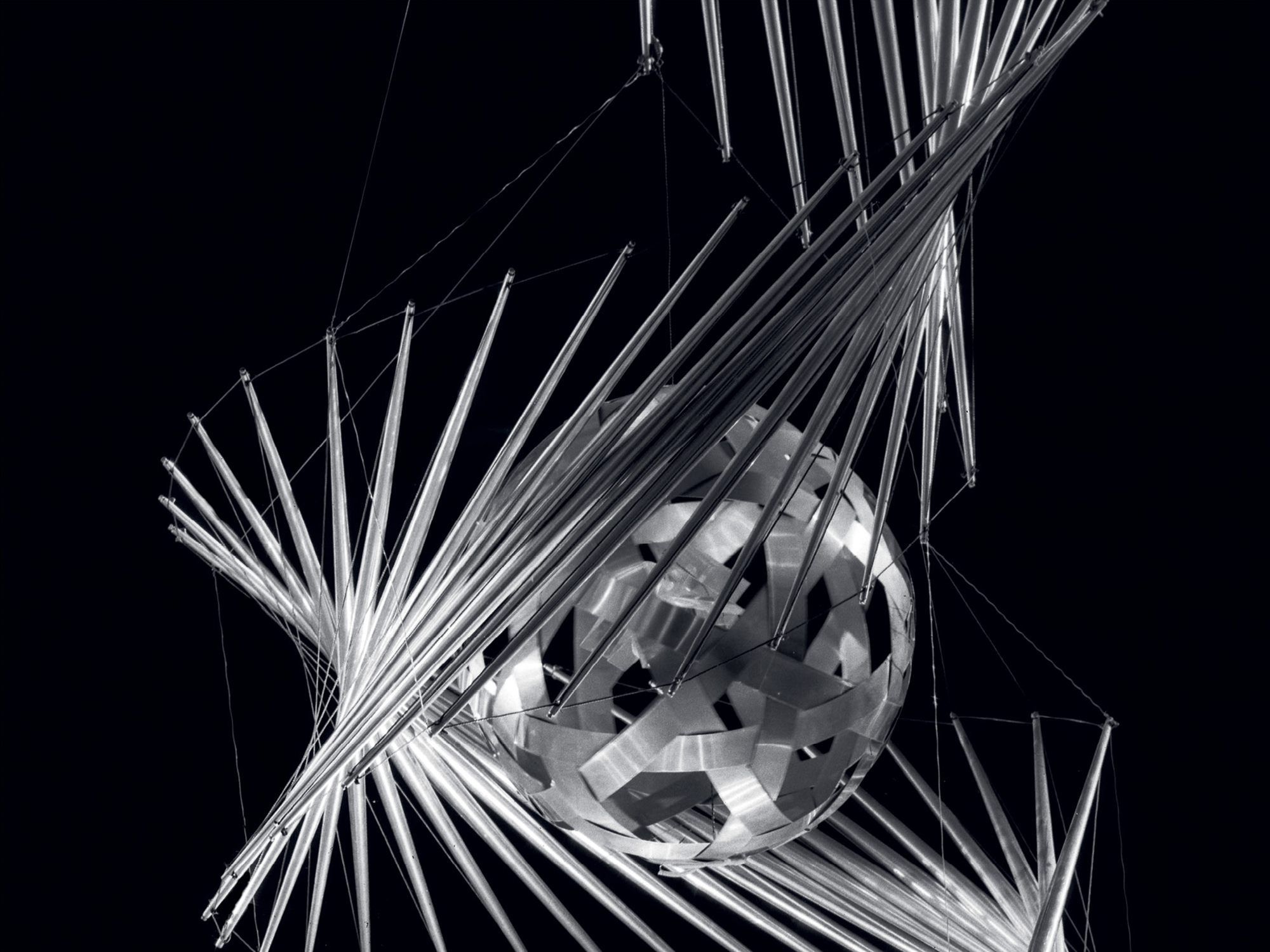
On February 3, the Zarya Center for Contemporary Art will launch its latest exhibition, “Perpetuum Mobile: Russian Kinetic Art”, a retrospective of one of the most fascinating episodes in the history of Russian art, featuring works by kinetic artists from the Avant-Garde to the present day.
“Perpetuum Mobile” embarks on an unprecedented attempt to understand the scale and significance of this movement, taking a comprehensive look at Kineticism from the moment of its inception up until today.
The contours of the relatively cohesive art historical movement known as Kinetic Art originally took form in the Western art of the 1950s. It was at this time that terms like “kineticism,” “kineticists”, and “kinetics” (all deriving from kinesis, the Greek word for “movement”) first came to be used in an art historical context. These terms heralded a new type of creator: the artist-engineer, attempting to inject art with movement, through the help of mobiles, mechanical and optical devices. The roots of this movement, however, can be traced back to the Russian Avant-Garde, working at the beginning of the 20th century.
The first work of purely Kinetic Art could be Naum Gabo’s mobile, Kinetic Construction (Standing Wave), created in 1919-1920 in Moscow. The artist’s goal with the piece was to try to advance movement and dynamic rhythm as its own aesthetic category.
Kineticism developed across disciplines, combining elements of art, design, architecture and music, while also engaging with stasis and dynamism, light and darkness, optic lenses, music, sound, and even occasionally silence. In this sense, as a movement that draws from the Russian Avant-Garde and involves multiple areas of art and culture, Kineticism proposes an incredible synthesis at the intersection of the arts, while also acting as a mirror for both technological progress and its human perception.
This exhibition reconstructs the history of the Russian Kinetic Art movement with the help of selected works from the collections of the State Tretyakov Gallery, the Moscow Museum of Modern Art, the Vladimir Mayakovsky Museum, the Shchusev Museum of Architecture, and the ROSIZO State Museum and Exhibition Centre, as well as the private collection of Mikhail Alshibaya, the personal archives of Natalya Theremin, the artist Sergei Zorin, and Andrei Smirnov, the director of the Theremin Centre at Moscow State Conservatory.
The exhibition marks the first time that the public in Vladivostok will be able to see pivotal works within the recent history of Russian art, such as the model for Vladimir Tatlin’s Monument to the Third International; Léon Theremin’s termenvox(later to be known simply as a “Theremin”); the famous “cyber-flowers” of Lev Nussberg and Sergei Zorin; the self-erecting constructions and experimental stereographs of Vyacheslav Koleichuk; Boris Stuchebryukov’s Galatea, a sculpture crafted from 22,500 razor blades; Leonid Borisov’s mobiles; German Vinogradov’s installation BiKaPo; and the light-and-sound objects of SKB (“Special Construction Bureau”) Prometheus. The exhibition also includes reconstructions of works by Naum Gabo, Gustav Klutsis and Aleksander Rodchenko, as well as lithographs by El Lissitzky and Kazimir Malevich. Rounding out this historical survey will be a series of new commissions from contemporary kineticists.
Participating Artists:
Naum Gabo, Vladimir Tatlin, Aleksander Rodchenko, Gustav Klutsis, Kārlis Johansons, Kazimir Malevich, Ilya Chashnik, Tavel Shapiro, El Lissitzky, Tatyana Makarova, Dziga Vertov, Alexander Ginsberg, Georgy Gidony, Georgy Krutikov, Konstantin Melnikov, Léon Theremin, Solomon Nikritin, Arseny Avraamov, Boris Yankovsky, The Movement Group, Lev Nussberg, Francisco Infante, Vyascheslav Koleichuk, Sergei Zorin, Alexander Grigoriev, Galina Bitt, Rimma Zanevskaya, Viktor Stepanov, Anatoly Krivchikov, Mikhail Dorokhov, Vladimir Akulinin, SKB Prometheus, Bulat Galeev, Yury Pravdyuk, Leonid Borisov, Boris Stuchebryukov, Mikhail Karasik, German Vinogradov, Roman Sakin, Pasha 183, Dmitry Morozov, Ilya Trushevsky
Curated by Polina Borisova